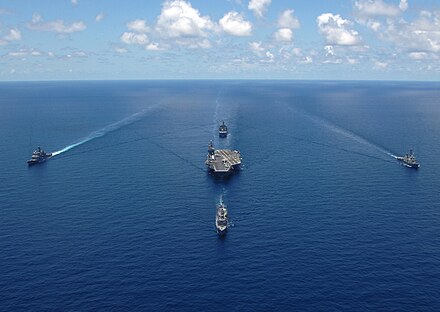
The United States boasts eleven nuclear-powered aircraft carriers in its arsenal, with ten of them falling under the Nimitz-class category. However, the emergence of anti-access/area denial (A2/AD) systems will significantly diminish the operational freedom historically enjoyed by carriers once the next major conflict arises.

Once emblematic of American naval dominance in the Cold War era, these carriers now confront formidable obstacles posed by sophisticated anti-access/area denial (A2/AD) systems, potentially diminishing their efficacy in present-day combat scenarios.

While these carriers have demonstrated remarkable capabilities and played vital roles in humanitarian endeavors, the ascent of A2/AD technology prompts discussions about the necessity for strategic adaptation.
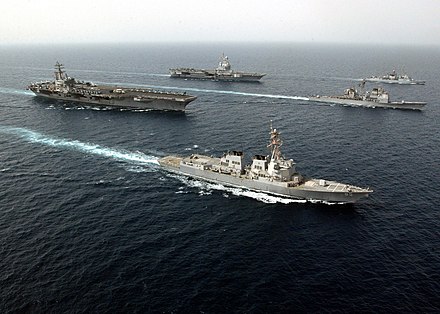
With the U.S. Navy embarking on the transition to the new Gerald R. Ford-class, ongoing debates question the enduring significance of conventional aircraft carriers in modern warfare contexts. The United States possesses eleven nuclear-powered aircraft carriers, with ten falling under the Nimitz-class designation.
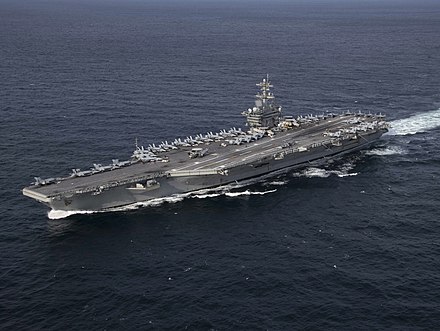
However, the emergence of anti-access/area denial (A2/AD) systems threatens to severely restrict the operational flexibility historically afforded to carriers in the postwar period once the next major conflict ensues. Yet, American aircraft carriers remain impressive feats of engineering.
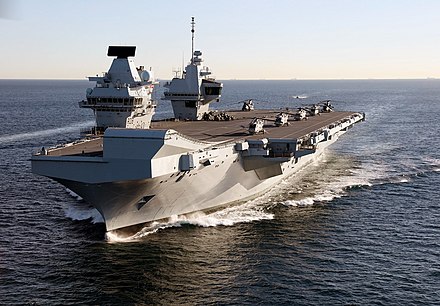
Originally commissioned in 1972, these nuclear-powered behemoths were engineered with an intended lifespan of approximately 50 years, including one mid-life refueling. Crafted to secure naval dominance in hostile surroundings and sustain it, these vessels were conceived with the Soviet Union, America’s Cold War adversary, in focus, making them relics of a past era.
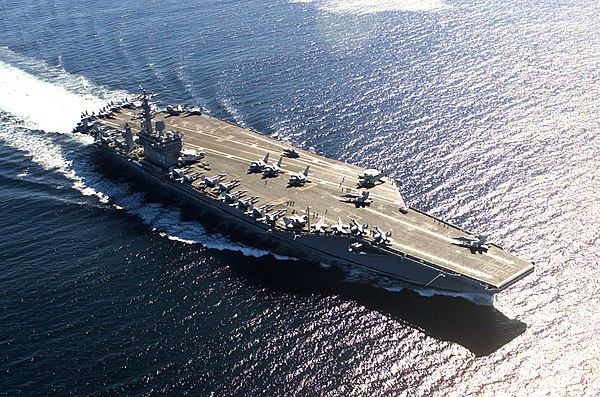
However, some may argue that their true golden age emerged in the aftermath of the Soviet Union’s collapse and the conclusion of the Cold War. These platforms exhibited their utmost potency when the United States reigned supreme as the unchallenged global hegemon within a unipolar world order.
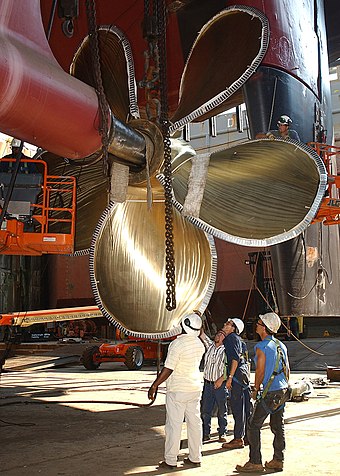
Functioning as mobile airbases deployable virtually anywhere, provided sea-lanes were open and surrounding waters were relatively uncontested, these colossal vessels prowled the world’s oceans, asserting US influence over other nations for decades. Moreover, they played pivotal roles as crucial relief vessels during humanitarian crises, albeit at considerable expense to American taxpayers.
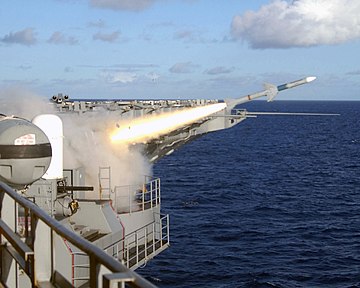
During the Cold War, such operations represented one of America’s triumphs in the battle for global hearts and minds against the Soviets.
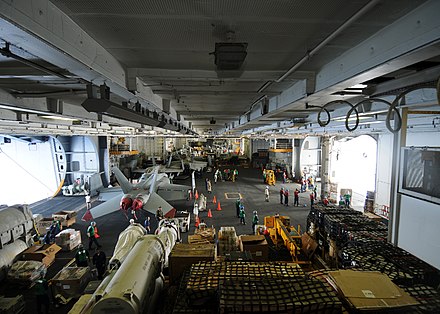
In the post-Cold War era, these taxpayer-funded humanitarian endeavors served to showcase the American flag, serving as a reminder to people worldwide of America’s might and omnipresence.
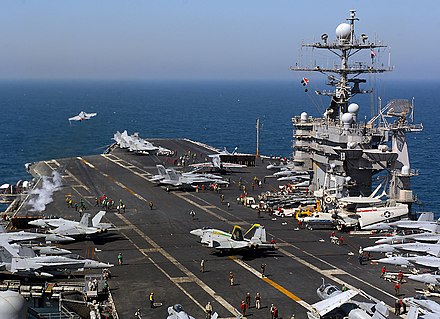
Crafted by the Huntington Ingalls Industries Newport News Shipbuilding Company, the formidable Nimitz-class carrier is propelled by two Westinghouse A4W nuclear reactors. It accommodates a crew of approximately 3,200, along with over 2,000 personnel constituting the carrier’s formidable airwing.

Capable of cruising at speeds exceeding 30 knots (approximately 34 miles per hour), each vessel of this class is equipped with a diverse array of weaponry. Broadly, the Nimitz-class is outfitted with NATO RIM-7 Sea Sparrow Surface-to-Air Missiles (SAM), deployed via two-to-three Mk29 missile launchers.

In instances where Sea Sparrow SAMs are not required, the Nimitz-class can unleash eight RIM-162 Evolved Sea Sparrow Missiles (ESSM). Augmenting these defenses is a Mk.49 missile launching system capable of launching 21 RIM-116 Rolling Airframe Missiles (RAM). Additionally, the warship is safeguarded by a Phalanx Close-In Weapons System (CIWS).
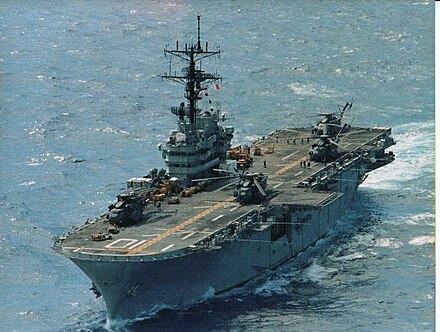
The true offensive capability of the Nimitz-class lies within its airwing, which typically comprises around 60 aircraft—a crucial component for any aircraft carrier. However, amidst the contemporary landscape dominated by A2/AD systems, experts express genuine concern that these carriers may be kept beyond the reach of such defensive networks.
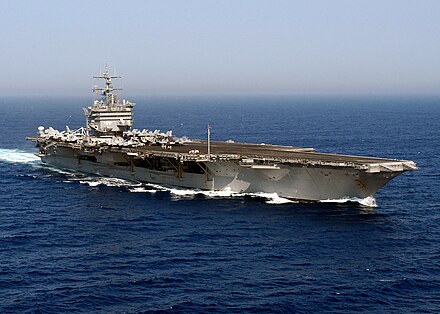
Consequently, their airwings would be unable to deploy into contested territories, being out of range. While midair refueling could potentially extend their operational reach, the comprehensive nature of A2/AD systems deployed by America’s adversaries raises concerns about the vulnerability of midair refueling tankers to enemy attacks.
Relevant articles:
– The Navy’s Nimitz-Class Aircraft Carriers Need to Be Retired Now, The National Interest
– Navy’s supercarrier strategy will go on after USS Nimitz is gone, Stars and Stripes
– U.S. Navy Considers Extending All Its Nimitz-Class Carriers, Aviation Week
– Navy’s supercarrier strategy will go on after USS Nimitz is gone, Stars and Stripes
